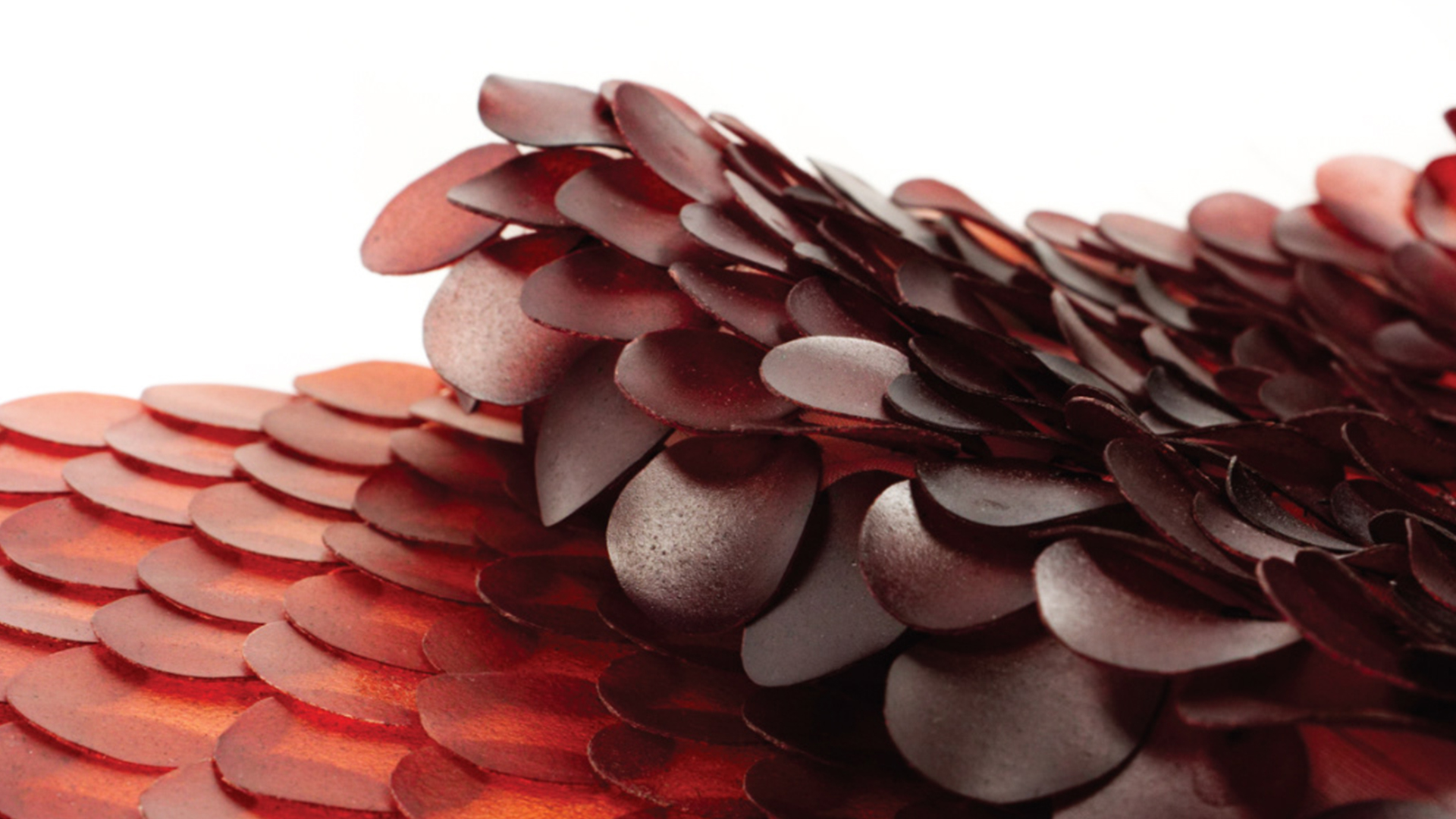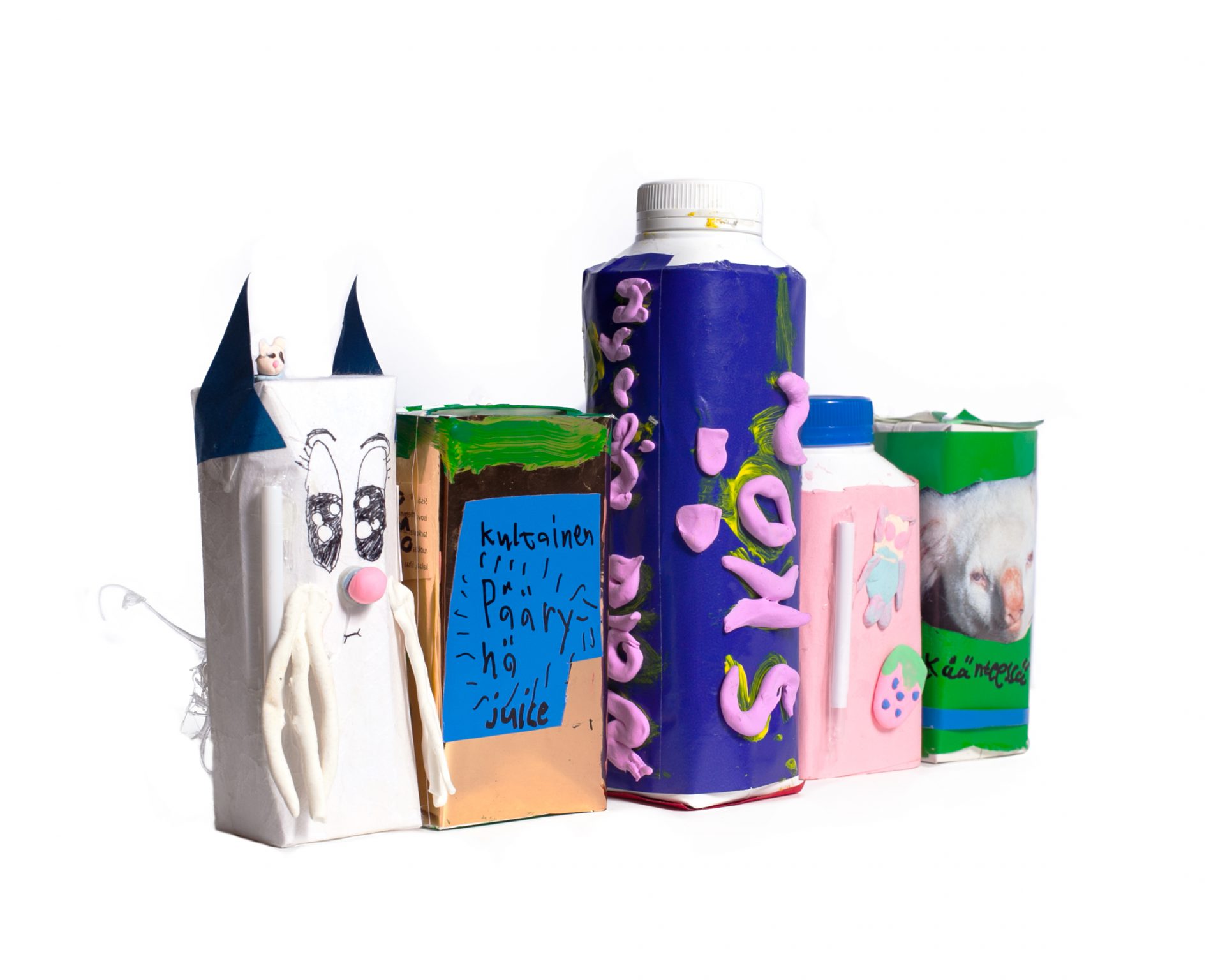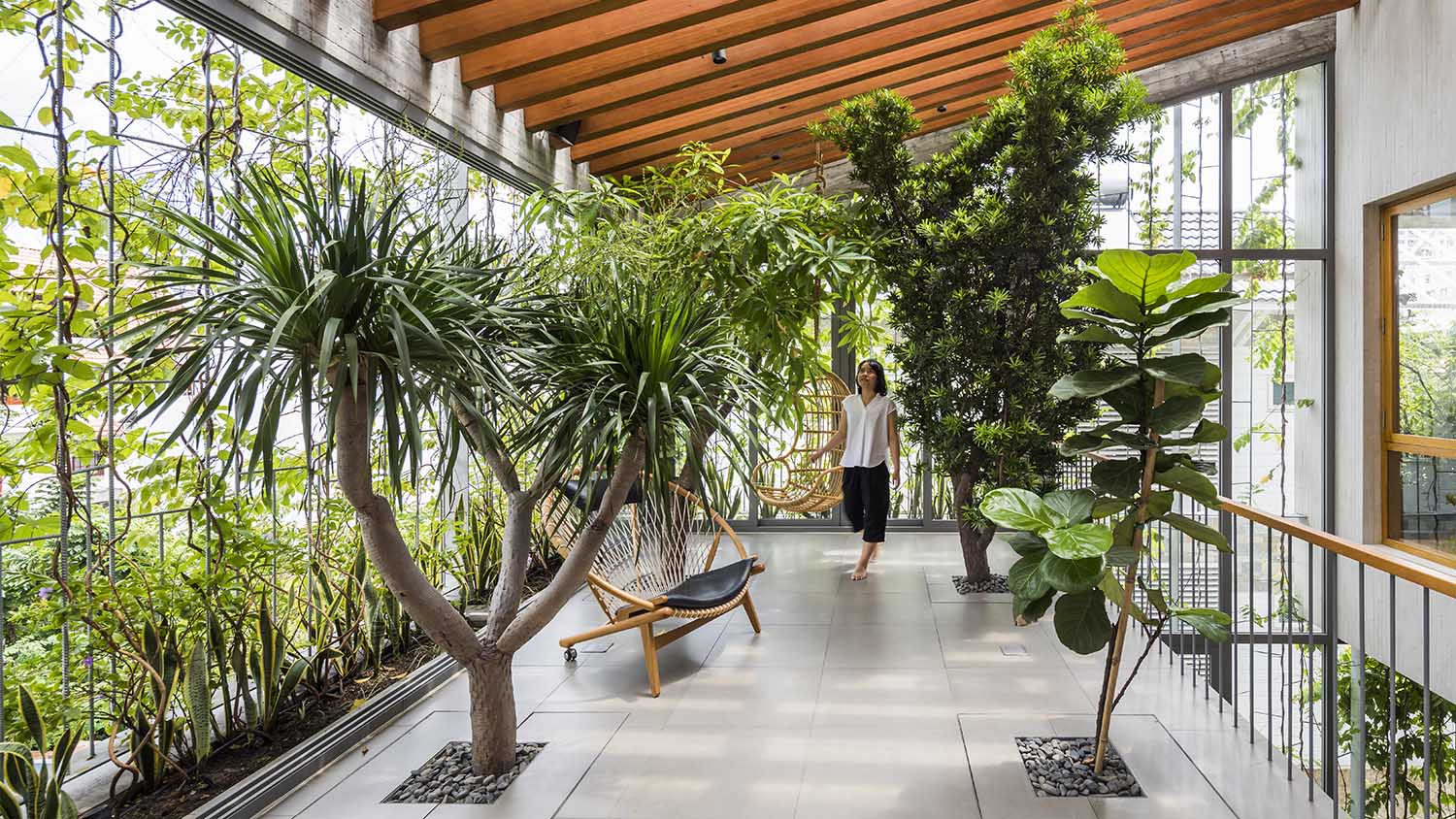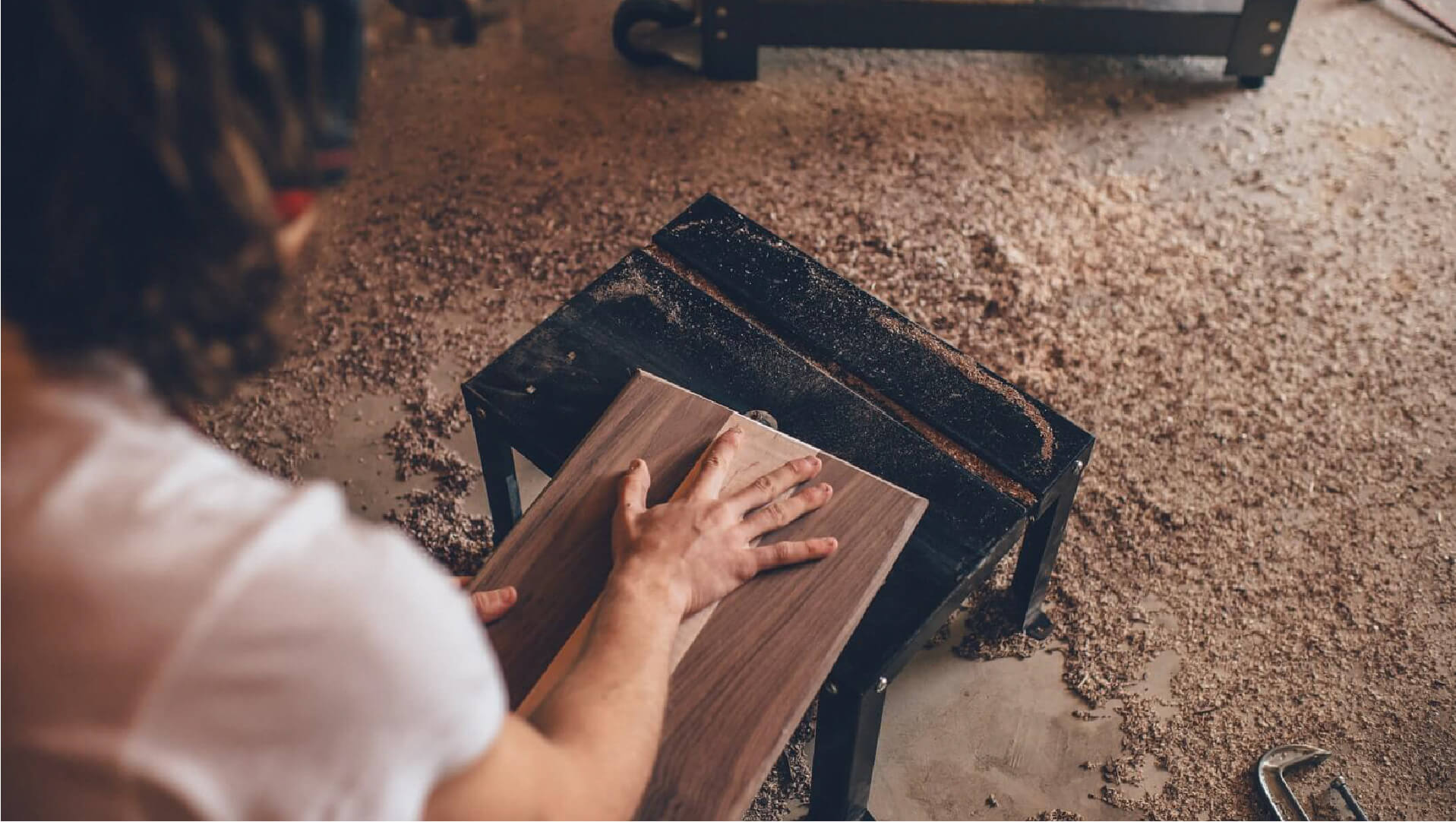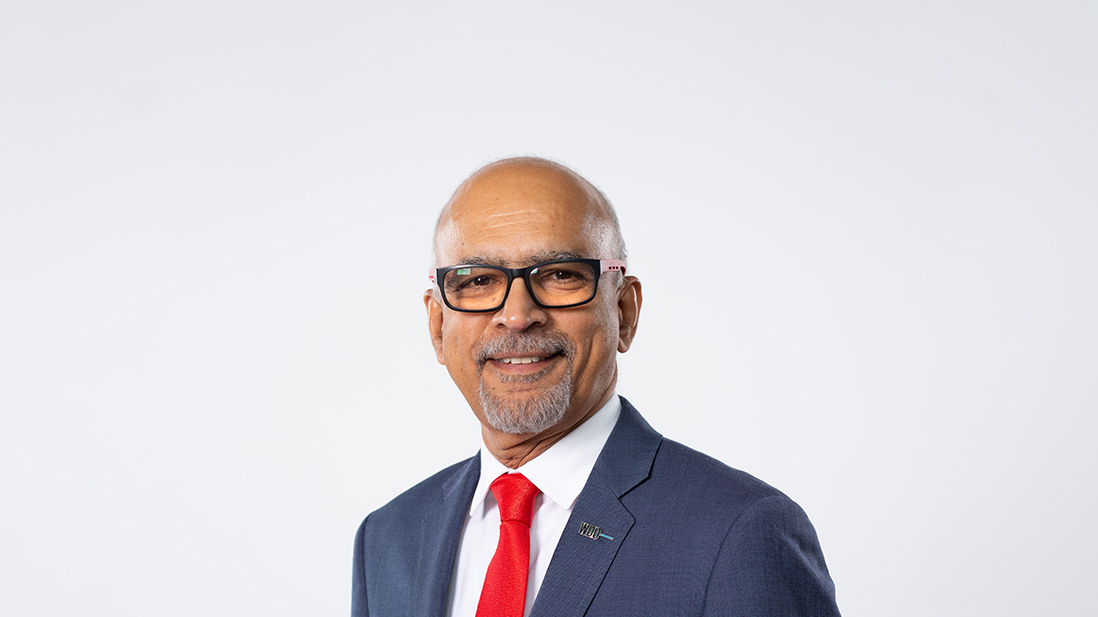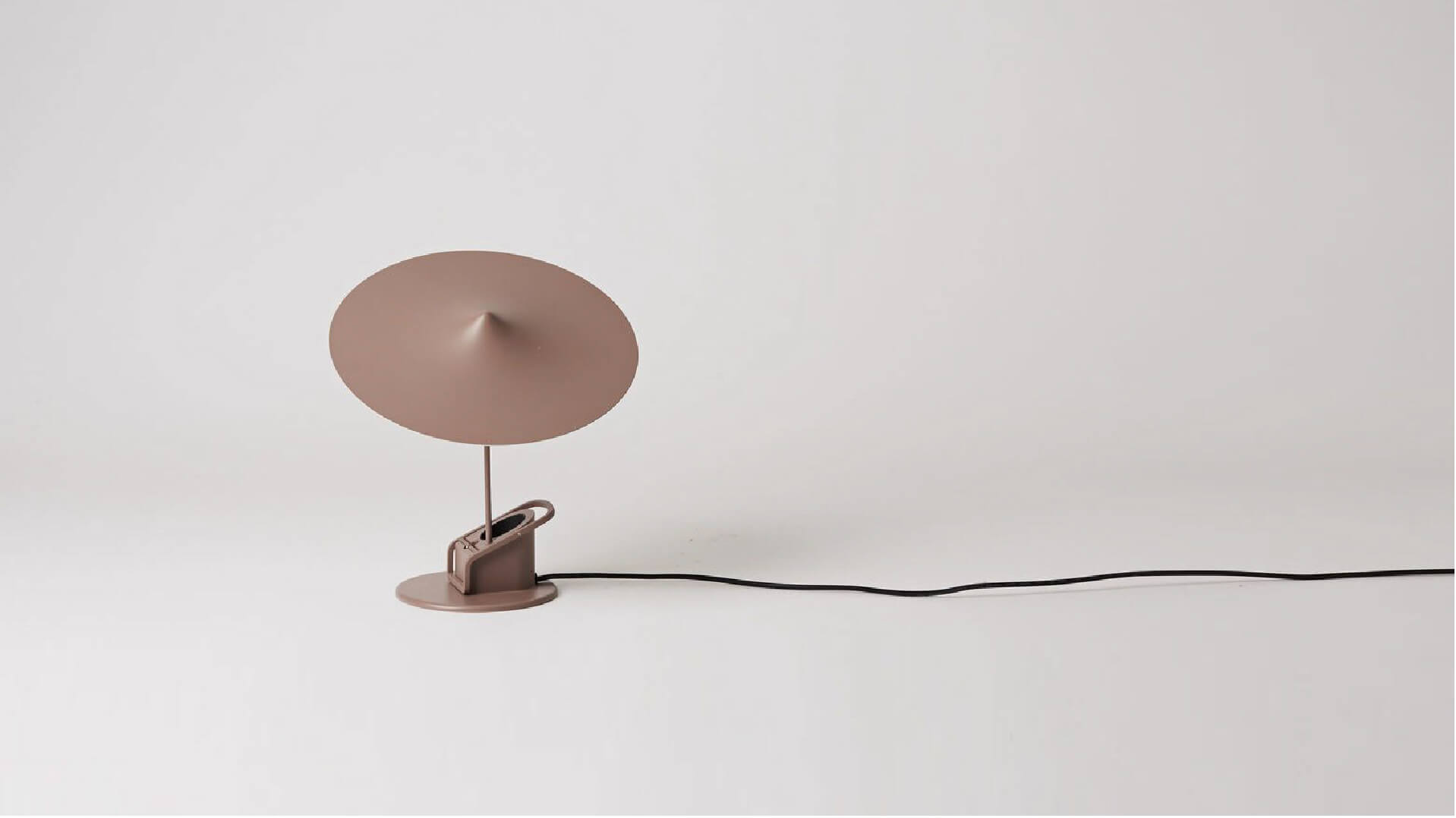People-centric design with Paul Priestman of PriestmanGoode
UK-based PriestmanGoode is at the forefront of global design today. Paul Priestman, its Co-founder and Chairman, shares his visionary ideas to transform businesses.

Relying on an ample portfolio – ranging from aircraft interiors, airports, public transport and high-speed trains to hotels and consumer products – PriestmanGoode takes an active role in the field of design consultancy by delivering innovation to leading international companies. They support teamwork, future thinking and worldwide talents, with the aim of being brand guardians to ensure holistic consumer experiences.
Steeped in the tradition of great British design, PriestmanGoode has always been adopting a unique way of thinking, centred on people; leading the company to become well established in the field, obtaining several recognitions and achievements, among which the Red Dot Award. Most recently, PriestmanGoode co-founder and Chairman, Paul Priestman, took part in the Business of Design Week, sharing his visionary ideas to improve everyday life and encourage sustainable, long-term thinking.
Eager to know more about his experience as a savvy designer, DesignWanted got the chance to interview Paul Priestman and find out more about his career, practice, recent projects, participation in the BODW event and what is next for this inspirational personality.
Gallery
Open full width
Open full width
Who is Paul Priestman? How did your journey in design begin?
Paul Priestman:
“I have always been interested in how things are made, and how to make things better. When I was a boy I would take things apart and rebuild them again. It’s a fairly common treat you find in designers. I was also always interested in transport. One of the first things I designed as a student was a toy airport in a suitcase. There’s something poetic about the fact we’re now designing airports as part of our work in travel and transport.”

PriestmanGoode design exceptional experiences, could you tell us more about the design process and methods used?
Paul Priestman:
“I began as a product designer. I was interested in the human experience of a product: how something felt to the touch, how easy and intuitive it was to use. It’s an approach that has stayed with me and that sits at the heart of how we operate as a studio. While we design vast, complex projects, from high-speed trains to airplanes and hotels, everything we design is for people. We have to make sure that we keep this individual experience central to our design and development process.
We have a team with a wide variety of skills, from innovation to strategy, customer experience mapping, branding, visualisation and material specialists, who all work together to make sure what we design is elegantly designed, well thought out, easy to use and functions efficiently. We also want to make sure that we create positive impact as much as possible.”

We have a number of green initiatives internally, as a studio, and we also invest in new self-initiated projects where we try and raise awareness of the impact of human behaviour on the environment and propose design solutions to help address these.
We’ve worked on a number of such initiatives in the last couple of years including with our ZERO takeaway food packaging project, our Get Onboard project, which was at the Design Museum until March this year and explored the issue of waste in travel, or even with our Metro Freight idea, which proposes a way to use existing metro infrastructure for freight in a bid to reduce the number of delivery vans on the road.”

PriestmanGoode has a diverse portfolio that includes everything from aircraft interiors to hotels and consumer products. What are your most important and recent projects?
Paul Priestman:
“Dromos is a high capacity network of autonomous electric vehicles that is suitable for passengers and for urban freight, that runs on its own dedicated infrastructure. We won the project following an international competition, because the judges were impressed by how we’d designed the vehicle to be flexible for a variety of uses, and that we’d considered different demographics and built the vehicle around the user.
Pure Skies is something we’ve worked on since the beginning of the pandemic. We’ve looked at the challenges that the aviation industry is facing, which consumer behaviours have changed and which will prevail in the long run, and designed a future aircraft cabin that meets the needs for personal space and hygiene. The project has been incredibly successful, and for us, has really highlighted how much people want to start travelling again.”
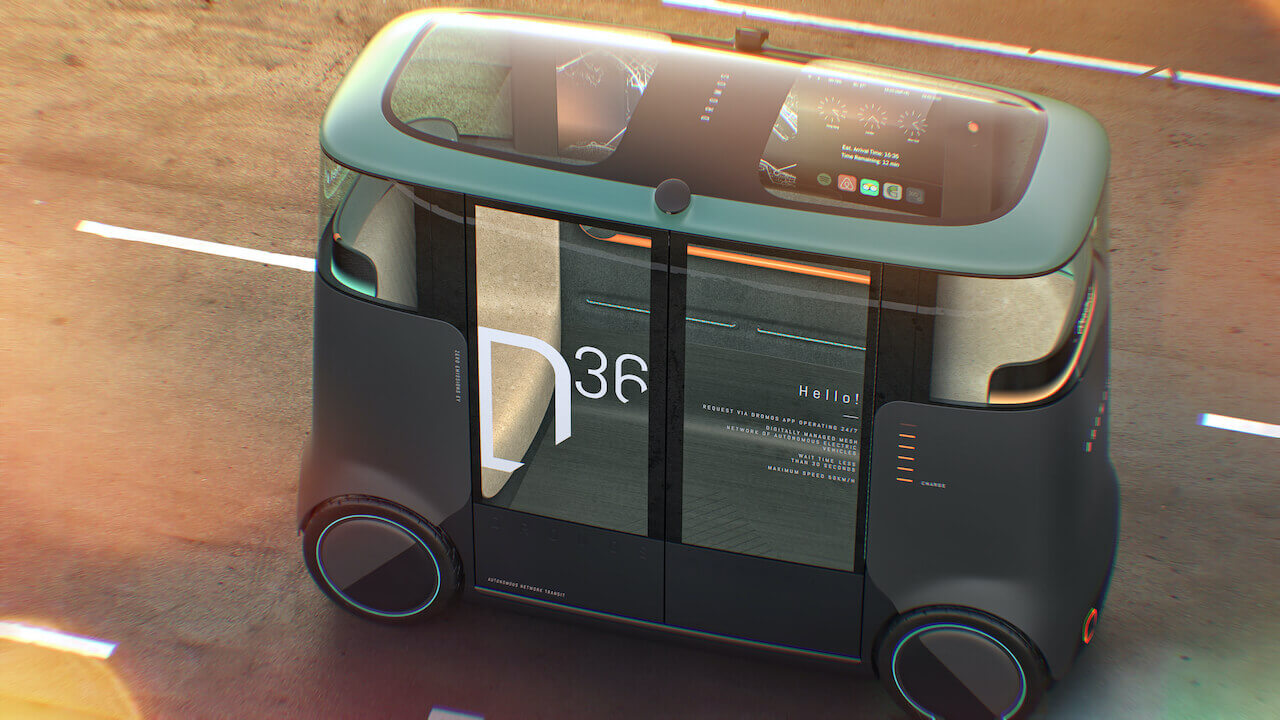
You recently participated in the BoDW event, what did you look forwards to the most? What do you think in regards to this year’s theme?
Paul Priestman:
“For me, this year’s theme is about looking at the changes that have occurred this year and seeing which behaviours we want to take forward. It’s been a year full of challenges and difficulty for many people, but amidst all of that, we’ve seen some really positive changes occur, all over the world. In many cities around the world, there’s been a change in how people get from A to B, a rise in cycling and micro-scooter use, and cities have used this as an opportunity to accelerate changes towards more sustainable transport systems, that are better for the planet as well as for people’s individual health.
We’ve also seen increased interest in people growing their own food or buying more locally. While this was a direct result of problems in supply chains that occurred at the beginning of the pandemic, these changes have benefits for both planet and local communities. I think these are the types of positive changes that we’ll want to take forward.”

What is next for Paul Priestman and PriestmanGoode?
Paul Priestman:
“We’ve got a couple of projects launching early next year, both to do with mobility. One of them has to do with accessibility on airplanes. I can’t say much more at this stage, but stay tuned! We’ll be sharing these through our social media channels @priestmangoode.












